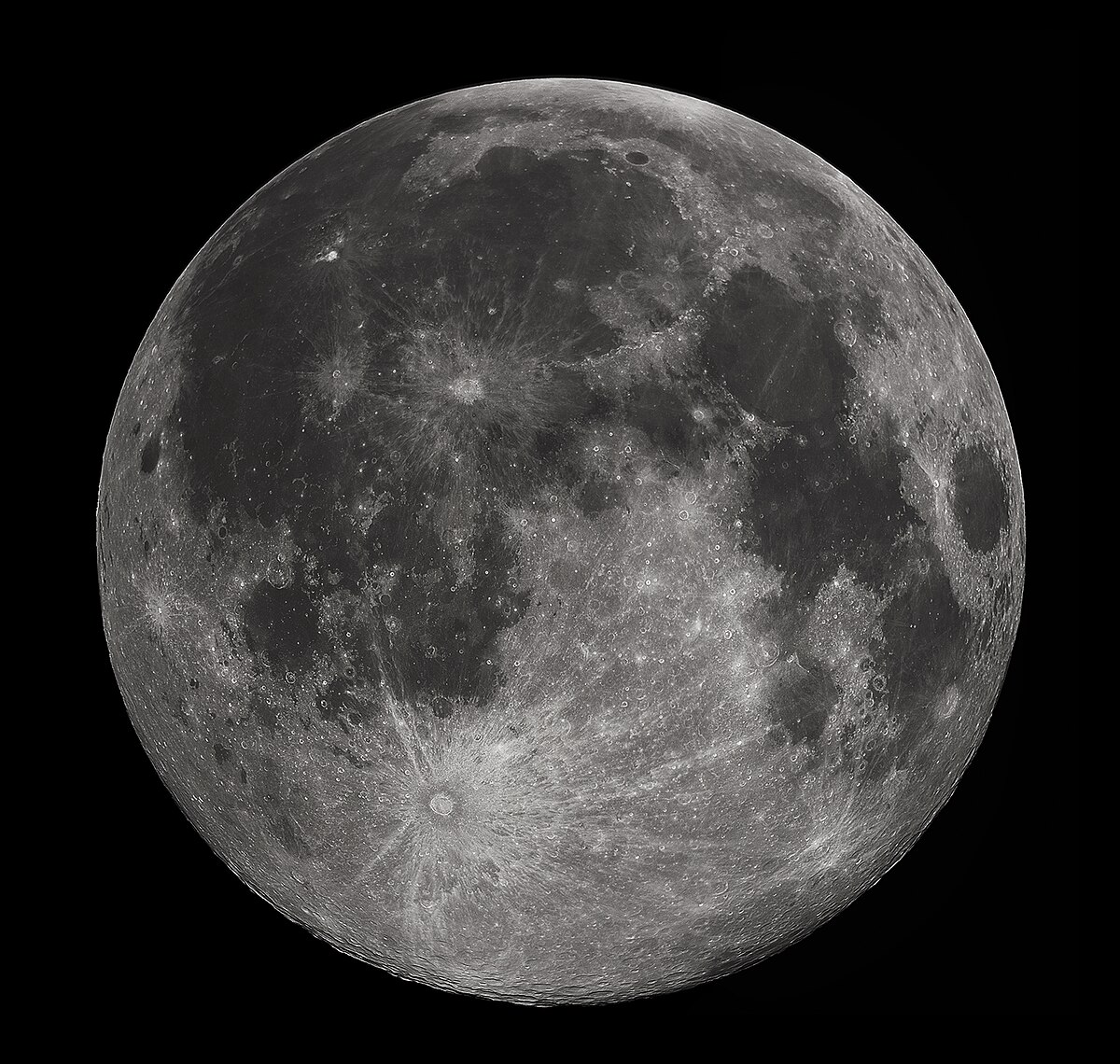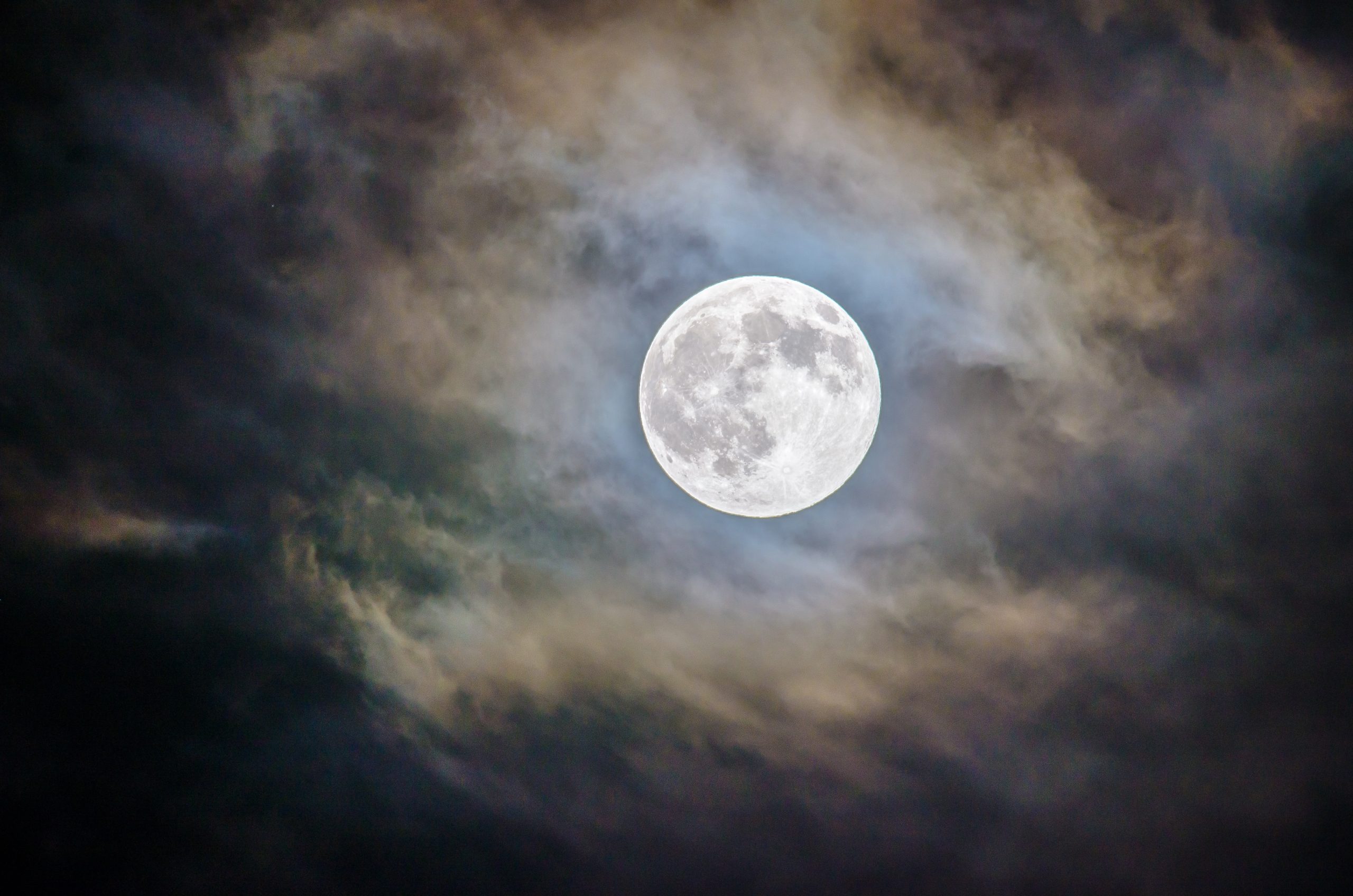Moon Phase Names and Pictures
The moon has been observed and admired by humans for centuries. Its different phases have inspired countless works of art, literature, and music. But did you know that each of these phases has its own name? In this blog post, we will explore the names and pictures of the moon’s various phases.
New Moon
The new moon phase occurs when the moon is positioned between the sun and the Earth, making it invisible from our perspective. This phase is also known as the dark moon, and it marks the beginning of a new lunar cycle.

Waxing Crescent
The waxing crescent phase occurs just after the new moon, when a small sliver of the illuminated side of the moon becomes visible. This phase is also sometimes called the “young moon.”

First Quarter
The first quarter phase occurs when the moon has completed one-quarter of its orbit around the Earth. During this phase, half of the moon’s illuminated side is visible. This phase is also sometimes called the “half moon.”

Waxing Gibbous
The waxing gibbous phase occurs just after the first quarter, and it’s when the moon is more than half illuminated but not yet a full moon. This phase is sometimes called the “humpbacked moon” or the “gibbous moon.”

Full Moon
The full moon phase occurs when the moon is fully illuminated and appears as a bright circle in the night sky. This phase is often associated with magical traditions and is sometimes called the “harvest moon” or the “hunter’s moon.”

Waning Gibbous
The waning gibbous phase occurs just after the full moon, and it’s when the moon is more than half illuminated but starting to shrink. This phase is sometimes called the “disseminating moon.”

Last Quarter
The last quarter phase occurs when the moon has completed three-quarters of its orbit around the Earth. During this phase, half of the moon’s illuminated side is visible again, but it’s the opposite side from the first quarter. This phase is also sometimes called the “half moon” or the “third quarter moon.”

Waning Crescent
The waning crescent phase occurs just before the new moon when the moon is just a small sliver again. This phase is sometimes called the “old moon.”

Moon Phase Names and Pictures: Frequently Asked Questions Answered
The moon has always fascinated human beings across cultures, and for good reason. With its ever-changing phases, the moon illuminates the night sky with a celestial glow, inspiring poets, artists and scientists alike. However, deciphering the different moon phases can be a challenge, especially for those who are new to astronomy. In this blog post, we answer some of the frequently asked questions about moon phase names and provide pictures to make understanding the topic easier.
1. What Are the Eight Primary Moon Phases?
The moon phases can be divided into eight main stages, which are:
1. New Moon
2. Waxing Crescent
3. First Quarter
4. Waxing Gibbous
5. Full Moon
6. Waning Gibbous
7. Third Quarter
8. Waning Crescent
Each phase has a unique appearance and occurs in a specific sequence. Understanding the specific features of each moon phase will make it easier for you to recognize them.
2. What Are the Names of the Other Moon Phases?
In addition to the eight primary moon phases, there are other moon phases that can be observed. These phases are known as the “intermediate” phases and are sometimes referred to as the “half” phases. They are:
1. Waxing Gibbous
2. Third Quarter
3. Waning Gibbous
4. Crescent
The intermediate phases fall between the primary phases and are named after their position in the lunar cycle. For instance, the Waxing Gibbous phase comes after the First Quarter phase and before the Full Moon phase.
3. What Is the New Moon Phase?
The New Moon phase occurs when the moon is located between the Earth and the Sun. During this phase, the side of the moon that faces the Earth is not illuminated, which makes the moon invisible to us.
4. What Is the Waxing Crescent?
The Waxing Crescent moon phase occurs when the first sliver of the moon becomes visible after the New Moon phase. During this phase, the moon’s crescent shape is illuminated by sunlight, but less than half of the moon is visible.
5. What Is the First Quarter?
The First Quarter moon phase occurs when the moon becomes that half-waxing moon. At this stage, exactly half of the moon is illuminated by the sun, and its visible shape resembles a semi-circle.
6. What Is the Waxing Gibbous?
The Waxing Gibbous moon phase occurs when more than half of the moon becomes visible. The illuminated portion of the moon is increasing and appears to be bulging out, making the moon look more substantial.
7. What Is the Full Moon?
The Full Moon is the phase when the moon is entirely illuminated and appears as a complete, circular disk. It is the brightest phase and often associated with lunar festivals and celebrations worldwide.
8. What Is the Waning Gibbous?
The Waning Gibbous phase occurs after the Full Moon phase, when the illuminated portion of the moon starts to decrease. However, more than half of the moon is still visible, making it appear to bulge out but in the opposite direction of the Waxing Gibbous phase.
9. What Is the Third Quarter?
The Third Quarter moon phase differs from the First Quarter phase in terms of the moon’s visible shape. During the Third Quarter phase, exactly half of the moon’s illuminated portion is visible, but this time, it appears like an inverted version of the First Quarter’s shape.
10. What Is the Waning Crescent?
The Waning Crescent phase is the final visible phase before the next New Moon phase. During this phase, only a small sliver of the moon is visible before it disappears altogether, signaling the end of the lunar cycle.
A Summary of the Moon Phases with Pictures
Now that you have an idea of what the different moon phases are let’s summarize what we have learned so far with their respective pictures.
New Moon

Waxing Crescent

First Quarter

Waxing Gibbous

Full Moon

Waning Gibbous

Third Quarter

Waning Crescent

Moon Phase Names and Pictures
If you’ve ever looked up at the night sky, you’ll know that the moon seems to change shape every couple of days. This is because of the different phases that the moon goes through as it orbits the Earth. In this blog post, we’ll take a closer look at the names of the different moon phases and provide pictures to help you identify them.
What causes the phases of the moon?
Before we get into the name and pictures of the different phases of the moon, it’s important to understand what causes these changes. The phases of the moon are caused by the relative positions of the Earth, Sun, and Moon. As the moon orbits the Earth, it also appears to move across the sky, which creates the different phases.
When the moon is between the Sun and the Earth, we see a New Moon. When the Earth is between the Sun and the moon, we see a Full Moon. And when the moon is at a right angle to the Sun and Earth, we see the different phases, including the Crescent Moon, Quarter Moon, Gibbous Moon, and more.
The different moon phases with pictures
Now let’s take a closer look at the different moon phases with pictures to help you identify each one.
New Moon 🌑
The New Moon is the phase of the moon when it is directly between the Sun and the Earth. This means that the side of the moon facing the Earth is not illuminated by the Sun, so it appears as a dark circle in the sky.

Crescent Moon 🌒
The Crescent Moon is the phase of the moon that occurs when only a small arc of the moon is visible in the sky. This occurs when the moon is at a right angle to the Sun and Earth, and only a small portion of the side of the moon facing the Earth is illuminated.

Quarter Moon 🌓
The Quarter Moon is the phase of the moon when half of the side facing the Earth is illuminated by the Sun. This occurs when the moon is at a right angle to the Sun and Earth, and it is only visible for part of the night.

Gibbous Moon 🌔
The Gibbous Moon is the phase of the moon when more than half of the side facing the Earth is illuminated by the Sun. This phase occurs after the Quarter Moon and before the Full Moon.

Full Moon 🌕
The Full Moon is the phase of the moon when the side facing the Earth is fully illuminated by the Sun. This is the most recognizable moon phase and it is also the brightest.

Waning Gibbous Moon 🌖
The Waning Gibbous Moon occurs after the Full Moon when more than half of the illuminated side is still visible, but it is gradually getting smaller.

Last Quarter Moon 🌗
The Last Quarter Moon occurs when half of the side facing the Earth is illuminated by the Sun, but it is the opposite side that was illuminated during the First Quarter Moon.

Waning Crescent Moon 🌘
The Waning Crescent Moon is the phase of the moon when only a small arc of the moon is visible in the sky, but it is the opposite side to the Crescent Moon.

Conclusion
The different phases of the moon are fascinating to observe and can be easily identified with a little practice. Whether you’re a seasoned astronomer or simply enjoy stargazing, we hope this post has helped you learn more about the moon and its phases. Remember to always look up at the sky and appreciate the beauty of our universe.
Table of Contents
